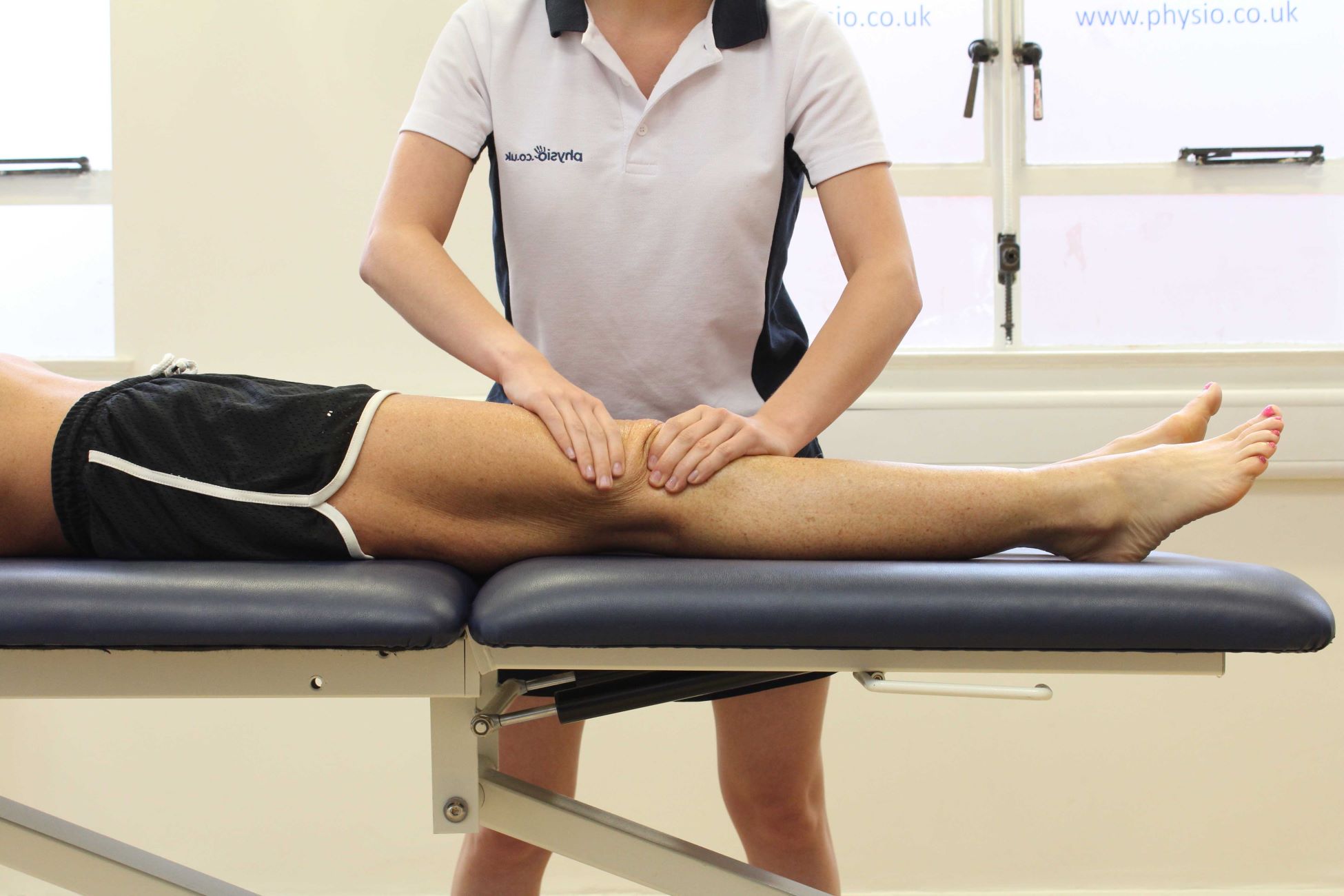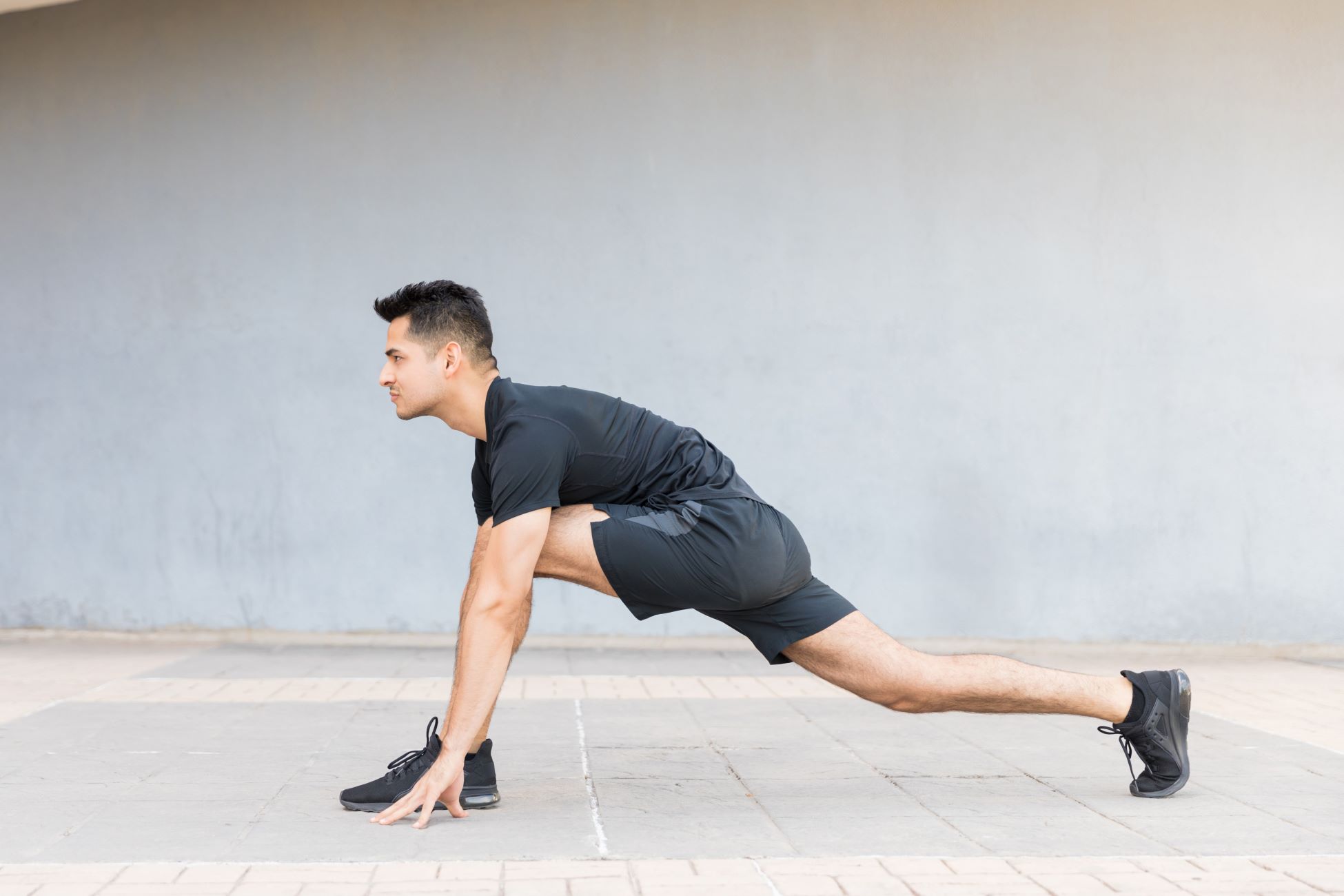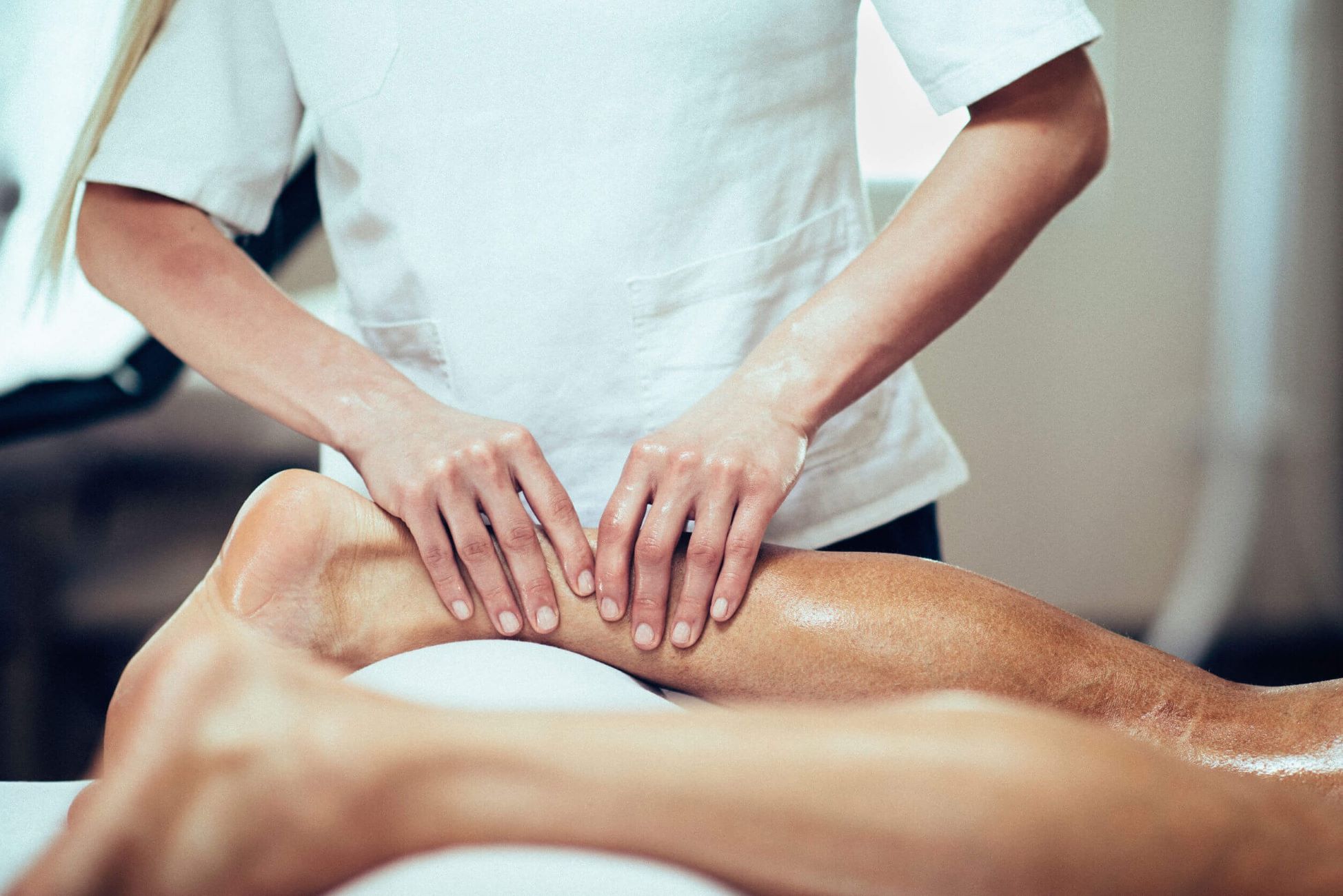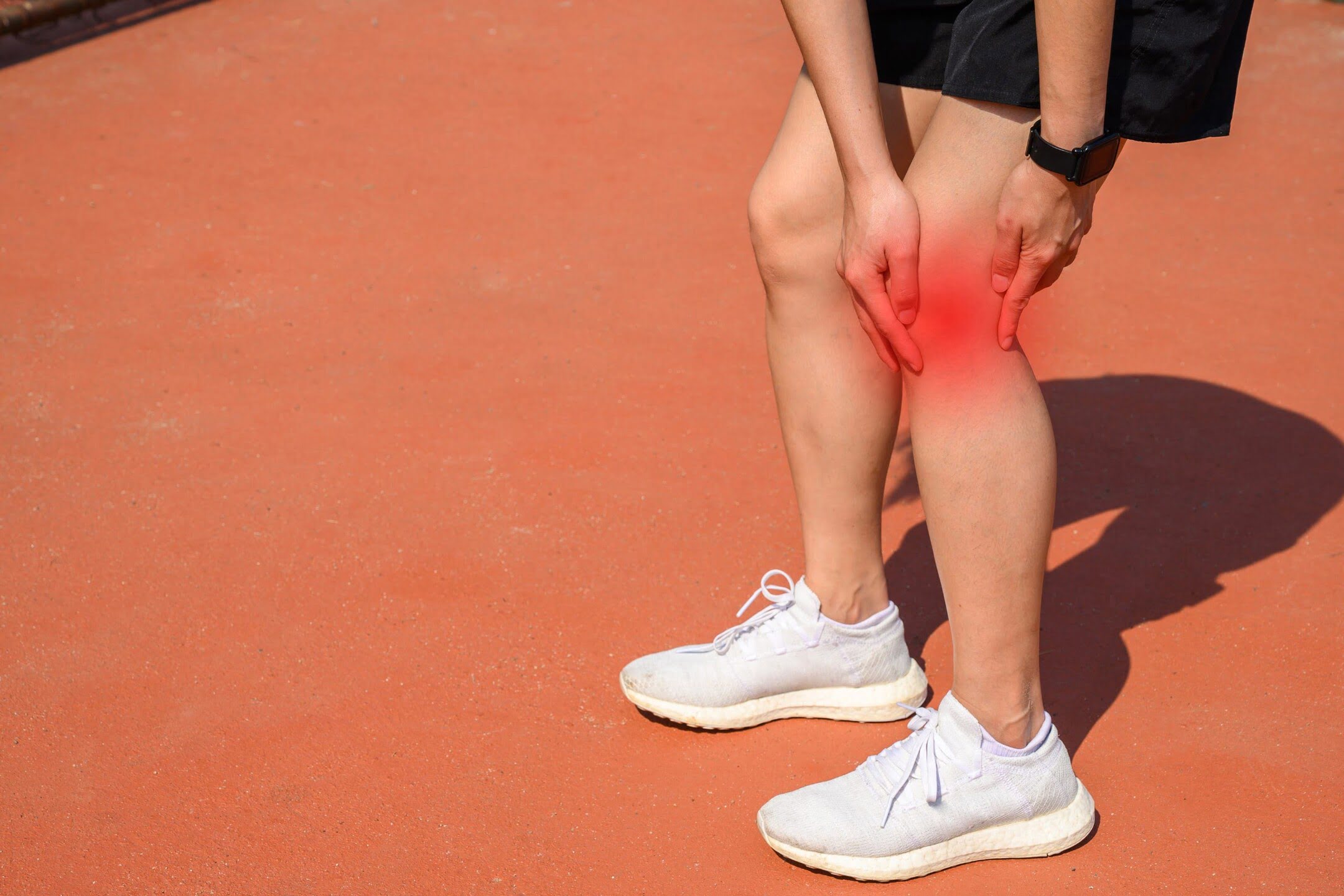Home>Health & Nutrition>Injury Prevention>Preventing Hamstring Injuries: A Guide For Runners
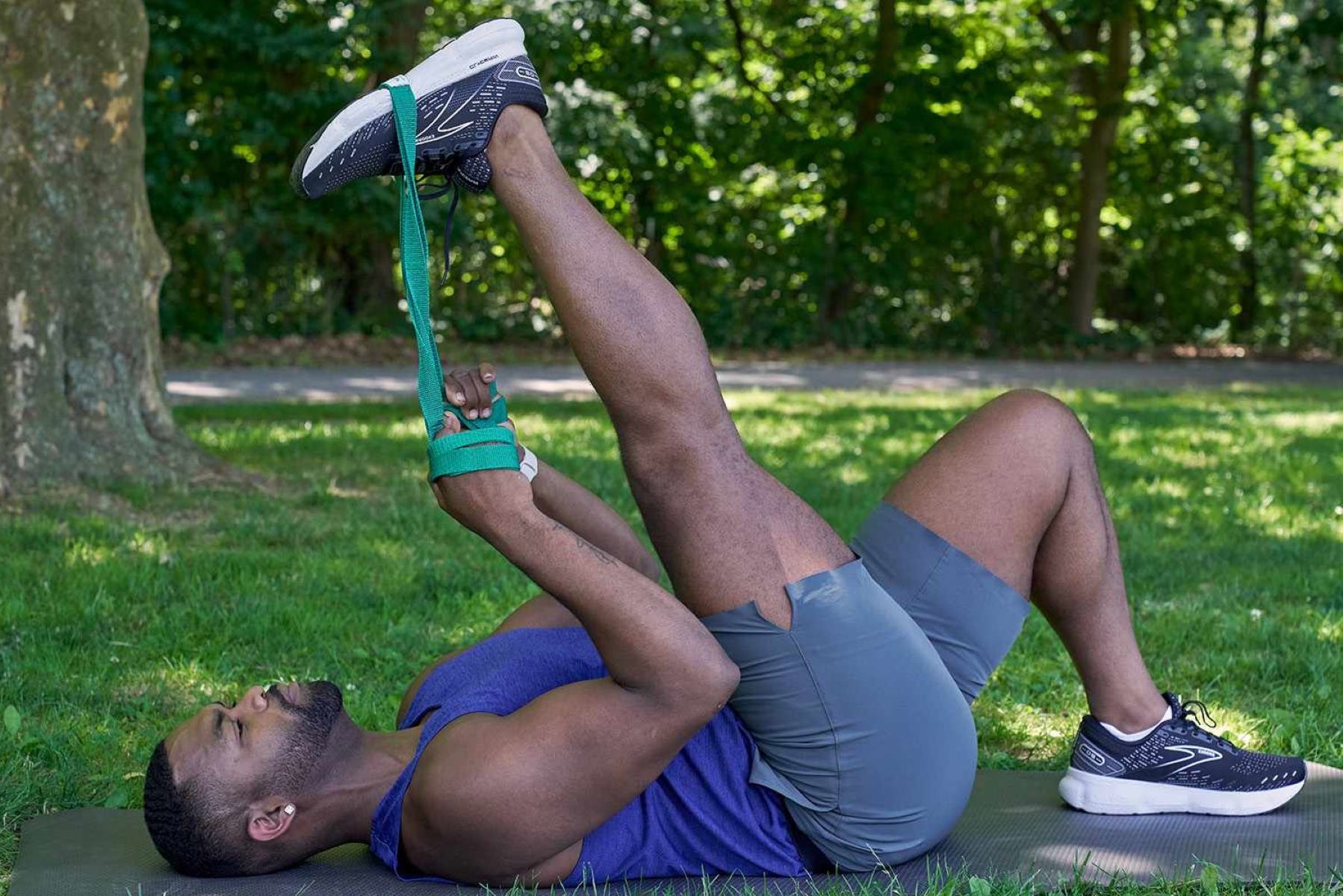

Injury Prevention
Preventing Hamstring Injuries: A Guide For Runners
Published: February 29, 2024
Learn how to prevent hamstring injuries with this comprehensive guide for runners. Discover effective strategies and exercises for injury prevention.
(Many of the links in this article redirect to a specific reviewed product. Your purchase of these products through affiliate links helps to generate commission for Therunningadvisor.com, at no extra cost. Learn more)
Table of Contents
Understanding Hamstring Injuries
Hamstring injuries are a common concern for runners, often causing discomfort and disrupting training routines. The hamstrings, a group of three muscles located at the back of the thigh, play a crucial role in running, as they are responsible for bending the knee and extending the hip during the running motion. Understanding the nature of hamstring injuries is essential for runners to effectively prevent and manage these issues.
Hamstring injuries typically occur when the muscles are stretched beyond their limits or subjected to sudden and excessive force. This can lead to strains, tears, or other forms of damage to the muscle fibers. Runners are particularly susceptible to these injuries due to the repetitive and high-impact nature of the activity. Factors such as inadequate warm-up, poor flexibility, muscle imbalance, and overexertion can contribute to the likelihood of sustaining a hamstring injury.
It's important to recognize the different types of hamstring injuries that runners may encounter. These can range from mild strains, characterized by minor discomfort and tightness, to more severe tears, which can cause sharp pain, swelling, and limited mobility. Understanding the severity of the injury is crucial for determining the appropriate course of action and treatment.
By gaining a deeper understanding of the mechanisms and potential severity of hamstring injuries, runners can take proactive measures to minimize the risk of experiencing these issues. This knowledge also empowers them to recognize the warning signs of potential injury, allowing for early intervention and proper management to prevent further complications.
Understanding the intricacies of hamstring injuries enables runners to make informed decisions about their training regimens, implement preventive strategies, and seek timely medical attention when necessary. This knowledge equips them with the tools to safeguard their hamstring health and sustain their passion for running without being sidelined by preventable injuries.
Read more: The Complete Guide To Hamstring Tendinopathy
Common Causes of Hamstring Injuries in Runners
Hamstring injuries are a prevalent concern among runners, often stemming from various factors intrinsic to the sport. Understanding the common causes of these injuries is pivotal in devising effective preventive measures and promoting overall well-being for runners.
-
Inadequate Warm-Up: Failing to adequately warm up before a run can significantly increase the risk of hamstring injuries. When the muscles are not properly prepared for the physical demands of running, they are more susceptible to strain and overexertion. A thorough warm-up routine, encompassing dynamic stretches and light cardiovascular activity, is essential for priming the hamstrings and reducing the likelihood of injury.
-
Poor Flexibility: Limited flexibility in the hamstrings and surrounding muscle groups can predispose runners to injuries. When the muscles lack the necessary elasticity, they are less able to withstand the forces exerted during running, making them prone to strain and potential tears. Incorporating regular stretching exercises, such as forward bends and lunges, can enhance flexibility and mitigate the risk of injury.
-
Muscle Imbalance: Imbalances between the quadriceps and hamstrings, as well as between the left and right legs, can contribute to the development of hamstring injuries. When one muscle group is disproportionately stronger or tighter than its counterpart, it can lead to altered biomechanics and increased strain on the hamstrings. Implementing strength training and targeted exercises to address muscle imbalances is crucial for maintaining optimal muscle harmony and reducing injury risk.
-
Overexertion and Fatigue: Pushing the body beyond its limits, especially without adequate rest and recovery, can lead to overexertion and fatigue, increasing the likelihood of hamstring injuries. Runners who consistently engage in high-intensity training without allowing for sufficient recovery time may experience muscle fatigue, compromising the integrity of the hamstrings. Balancing training intensity with adequate rest periods is essential for preventing overuse injuries.
-
Suboptimal Running Mechanics: Flawed running form and technique can place undue stress on the hamstrings, potentially leading to injuries over time. Issues such as overstriding, excessive heel striking, and inadequate hip extension can contribute to increased strain on the hamstrings. Focusing on proper running mechanics, including maintaining a slight forward lean, engaging the core, and achieving an optimal cadence, can alleviate excessive strain on the hamstrings and reduce the risk of injury.
By recognizing and addressing these common causes of hamstring injuries, runners can proactively mitigate the risk of experiencing these debilitating issues. Implementing targeted strategies, such as comprehensive warm-up routines, flexibility training, muscle-balancing exercises, and mindful running techniques, can significantly contribute to injury prevention and promote long-term musculoskeletal health for runners.
Importance of Warm-Up and Stretching
Proper warm-up and stretching routines are fundamental components of injury prevention and performance optimization for runners. The significance of these preparatory measures cannot be overstated, as they play a pivotal role in priming the body for the physical demands of running and mitigating the risk of potential injuries.
A comprehensive warm-up serves to gradually elevate the heart rate, increase blood flow to the muscles, and enhance joint mobility, thereby preparing the body for the ensuing physical activity. For runners, a dynamic warm-up routine that incorporates movements such as leg swings, high knees, and hip circles can effectively activate the muscles and promote optimal range of motion. By engaging in dynamic movements, runners stimulate the neuromuscular system, enhancing coordination and proprioception, which are essential for maintaining stability and preventing injuries during running.
In addition to dynamic warm-up exercises, incorporating targeted stretching into the pre-run routine is instrumental in optimizing muscle flexibility and reducing the likelihood of strain or tears. Static stretches that focus on the hamstrings, quadriceps, calves, and hip flexors can help alleviate muscle tightness and improve overall flexibility. By elongating the muscle fibers through stretching, runners can enhance their range of motion, allowing for more efficient and fluid movement during running. This, in turn, reduces the risk of muscle imbalances and overexertion, which are common precursors to hamstring injuries.
Furthermore, warm-up and stretching routines provide an opportunity for runners to mentally prepare for their workout or race. By engaging in deliberate, intentional movements and focusing on the sensations within their bodies, runners can cultivate a heightened sense of body awareness and mental readiness. This mental preparedness can contribute to improved running performance and reduced susceptibility to injuries, as runners are more attuned to their body's signals and better equipped to adjust their form and pace as needed.
It is important to note that the benefits of warm-up and stretching extend beyond injury prevention; they also contribute to overall athletic performance. When the body is adequately prepared through warm-up and stretching, runners can optimize their physical capabilities, enhance their running efficiency, and potentially improve their endurance. This underscores the multifaceted advantages of incorporating these preparatory measures into the running routine.
In essence, the importance of warm-up and stretching for runners cannot be overstated. By diligently integrating dynamic warm-up exercises, targeted stretching, and mental preparation into their pre-run rituals, runners can fortify their bodies against potential injuries, optimize their performance, and cultivate a holistic approach to their running endeavors. These preparatory measures serve as a cornerstone for injury prevention and overall well-being, empowering runners to pursue their passion for running with confidence and resilience.
Proper Running Form and Technique
Achieving and maintaining proper running form and technique is paramount for runners seeking to prevent injuries and optimize their performance. By adhering to sound biomechanical principles and adopting efficient running mechanics, runners can mitigate the risk of overuse injuries, including hamstring strains, and enhance their overall running experience.
Posture and Alignment
Maintaining a stable and upright posture is foundational to sound running form. Runners should strive to keep their head aligned with their spine, shoulders relaxed, and arms at a comfortable 90-degree angle. Engaging the core muscles to stabilize the torso and pelvis can promote optimal alignment and reduce excessive strain on the lower back and hamstrings.
Foot Strike and Cadence
The manner in which the foot makes contact with the ground, known as foot strike, significantly influences running mechanics. Aim for a midfoot or forefoot strike to distribute impact forces more evenly and reduce stress on the hamstrings. Additionally, focusing on achieving an optimal cadence, typically around 170-180 steps per minute, can help minimize overstriding and excessive loading on the hamstrings.
Hip and Pelvic Positioning
Proper hip and pelvic positioning play a pivotal role in running efficiency and injury prevention. Runners should strive to maintain a slight forward lean from the ankles, engaging the glutes and core to support the pelvis and minimize excessive hip extension. This posture facilitates a more efficient transfer of energy during each stride and reduces strain on the hamstrings.
Arm Swing and Relaxation
The movement of the arms during running can significantly impact overall biomechanics. Maintaining a relaxed arm swing, with the elbows bent at approximately 90 degrees, can help counterbalance the motion of the legs and promote a smoother, more efficient running gait. Excessive tension in the arms can lead to increased muscle fatigue and altered running mechanics, potentially predisposing the hamstrings to injury.
Stride Length and Overstriding
Striking a balance between stride length and frequency is essential for optimal running form. Overstriding, or taking excessively long strides, can lead to increased braking forces and heightened stress on the hamstrings. Focusing on a slightly shorter stride length and a quicker turnover rate can reduce the strain on the hamstrings and promote a more fluid and efficient running motion.
Mindful Running
Cultivating mindfulness and body awareness during running can further enhance running form and technique. By tuning into the sensations within their bodies, runners can identify areas of tension or imbalance and make real-time adjustments to their form. This heightened awareness allows for proactive correction of running mechanics, potentially averting undue strain on the hamstrings and other muscle groups.
By conscientiously integrating these principles of proper running form and technique into their training and racing endeavors, runners can fortify their musculoskeletal health, optimize their running efficiency, and reduce the risk of hamstring injuries. Embracing sound biomechanical principles empowers runners to enjoy the physical and mental benefits of running while safeguarding their bodies against preventable injuries.
Strengthening Exercises for Hamstrings
Strengthening the hamstrings is a crucial aspect of injury prevention and overall lower body strength for runners. By targeting these muscles through specific exercises, runners can enhance their resilience, reduce the risk of strains and tears, and improve their running performance. Incorporating a variety of strengthening exercises that isolate and engage the hamstrings can contribute to balanced muscle development and optimal functional capacity.
1. Deadlifts
Deadlifts are a compound exercise that effectively targets the hamstrings, glutes, and lower back. By performing deadlifts with proper form and technique, runners can strengthen the posterior chain, including the hamstrings, to improve stability and power during running. Variations such as Romanian deadlifts and single-leg deadlifts can provide targeted activation of the hamstrings while promoting muscle balance and coordination.
2. Hamstring Curls
Utilizing a leg curl machine or resistance bands, hamstring curls isolate the hamstrings, allowing runners to specifically target and strengthen these muscles. By controlling the movement and focusing on the eccentric and concentric phases of the exercise, runners can enhance hamstring strength and endurance, reducing the likelihood of injury during running.
3. Glute-Ham Raises
Glute-ham raises are a challenging yet highly effective exercise for strengthening the hamstrings and glutes. This exercise requires runners to stabilize their body while lowering and raising themselves using the hamstrings and glutes. By progressively incorporating glute-ham raises into their strength training regimen, runners can fortify the posterior chain and improve running mechanics.
4. Kettlebell Swings
Kettlebell swings engage the posterior chain, including the hamstrings, glutes, and lower back, in a dynamic and explosive manner. By performing kettlebell swings with proper form, runners can develop power, strength, and muscular endurance in the hamstrings, which are essential for maintaining running efficiency and preventing injuries.
5. Stability Ball Leg Curls
Stability ball leg curls provide an effective means of targeting the hamstrings while also engaging the core for stability. By lying on the floor with the feet on a stability ball and performing controlled leg curls, runners can strengthen the hamstrings in a functional and stabilizing manner, contributing to improved running mechanics and injury resilience.
Incorporating these strengthening exercises into a comprehensive training program can significantly enhance hamstring strength, stability, and resilience. By progressively increasing the intensity and volume of these exercises, runners can fortify their lower body musculature, reduce the risk of hamstring injuries, and elevate their overall running performance. Additionally, coupling these exercises with proper warm-up, stretching, and recovery strategies can further optimize the effectiveness of the strengthening regimen, promoting long-term musculoskeletal health and injury prevention for runners.
Recovery and Rehabilitation Strategies
Recovery and rehabilitation strategies play a pivotal role in the holistic management of hamstring injuries for runners. Upon sustaining a hamstring injury, implementing targeted recovery and rehabilitation measures is essential for facilitating healing, restoring function, and preventing the recurrence of injuries. By adhering to a comprehensive and structured approach to recovery and rehabilitation, runners can expedite their return to running while minimizing the risk of lingering issues.
Read more: All You Need To Know About Hamstring Strains
Immediate Rest and Protection
Following the onset of a hamstring injury, immediate rest and protection are paramount. Ceasing any activities that exacerbate the injury and avoiding weight-bearing on the affected leg can prevent further damage and promote initial healing. Utilizing supportive aids such as crutches or braces, if necessary, can alleviate weight-bearing stress on the injured hamstring, facilitating a more conducive environment for recovery.
R.I.C.E Protocol
The R.I.C.E protocol, encompassing rest, ice, compression, and elevation, serves as a cornerstone of initial injury management. Rest allows the injured tissues to begin the healing process, while applying ice and compression helps reduce inflammation and swelling. Elevating the affected leg can further mitigate swelling and promote optimal circulation, expediting the body's natural healing mechanisms.
Gradual Return to Activity
As the initial acute phase of the injury subsides, a gradual and structured return to activity is warranted. Engaging in gentle, low-impact exercises and activities, under the guidance of a healthcare professional, can facilitate the restoration of mobility and function in the injured hamstring. This phased approach to reintroducing activity helps prevent premature re-injury and allows for the gradual adaptation of the injured tissues.
Physical Therapy and Rehabilitation Exercises
Incorporating targeted physical therapy and rehabilitation exercises is instrumental in restoring strength, flexibility, and functional capacity in the injured hamstring. Physical therapists can prescribe specific exercises tailored to the individual's injury severity and recovery progress, encompassing stretching, strengthening, and proprioceptive activities. These exercises aim to address muscle imbalances, enhance tissue healing, and improve overall lower limb biomechanics.
Manual Therapy and Modalities
Utilizing manual therapy techniques such as massage, myofascial release, and joint mobilizations can aid in reducing muscle tension, promoting circulation, and enhancing tissue extensibility in the injured hamstring. Additionally, modalities such as ultrasound, electrical stimulation, and heat therapy may be employed to further facilitate tissue healing and alleviate pain.
Progressive Strength and Conditioning
As the injured hamstring gradually heals, a progressive strength and conditioning program becomes integral to rebuilding muscular strength, endurance, and resilience. This may involve a structured regimen of resistance training, functional exercises, and neuromuscular re-education to optimize the functional capacity of the hamstring and surrounding musculature.
Biomechanical Assessment and Correction
Conducting a comprehensive biomechanical assessment, including gait analysis and running mechanics evaluation, can uncover any underlying factors contributing to the hamstring injury. Addressing biomechanical deficiencies through corrective strategies, such as footwear modifications, orthotic interventions, and running technique adjustments, can mitigate the risk of future injuries and promote more efficient running mechanics.
By diligently adhering to these recovery and rehabilitation strategies, runners can navigate the journey from injury to full recovery with a structured and informed approach. Embracing the multifaceted aspects of recovery and rehabilitation empowers runners to not only overcome their current injury but also fortify their musculoskeletal health and resilience, fostering a sustainable and enduring running experience.
Tips for Preventing Future Injuries
Preventing future injuries is a paramount concern for runners, as it allows them to sustain their passion for running while safeguarding their musculoskeletal health. By implementing proactive strategies and adopting a holistic approach to injury prevention, runners can minimize the risk of recurrent injuries and cultivate a resilient foundation for their running endeavors.
-
Gradual Progression: Embracing a gradual and progressive approach to training is essential for injury prevention. Gradually increasing mileage, intensity, and duration of runs allows the body to adapt and strengthen, reducing the likelihood of overuse injuries, including hamstring strains.
-
Cross-Training: Incorporating cross-training activities, such as swimming, cycling, and strength training, can diversify the physical demands on the body, promoting overall muscular balance and reducing the risk of repetitive strain injuries. Cross-training also provides opportunities for active recovery and variation in movement patterns.
-
Proper Footwear: Investing in appropriate running shoes that suit individual biomechanics and running style is crucial for mitigating the impact of ground forces on the lower limbs. Regularly assessing and replacing worn-out shoes can help maintain optimal support and cushioning, reducing the risk of overuse injuries.
-
Listen to the Body: Cultivating body awareness and attentiveness to physical cues is instrumental in injury prevention. Recognizing early signs of fatigue, discomfort, or altered gait mechanics allows runners to adjust their training load, form, or rest periods, averting potential injuries.
-
Nutrition and Hydration: Maintaining a balanced and nourishing diet, coupled with adequate hydration, supports overall tissue health and recovery. Proper nutrition can enhance muscle repair and resilience, while adequate hydration promotes optimal tissue hydration and function, reducing the risk of cramps and strains.
-
Rest and Recovery: Prioritizing rest and recovery is integral to injury prevention. Allowing for sufficient rest between runs, incorporating rest days into training schedules, and embracing quality sleep promote tissue repair, adaptation, and overall resilience.
-
Regular Flexibility and Mobility Work: Engaging in regular flexibility and mobility exercises, such as yoga, Pilates, and dynamic stretching, can enhance joint range of motion and muscle elasticity, reducing the risk of strains and imbalances during running.
-
Professional Guidance: Seeking guidance from qualified coaches, physical therapists, and healthcare professionals can provide valuable insights into training regimens, biomechanical assessments, and injury prevention strategies tailored to individual needs.
By integrating these tips into their running lifestyle, runners can proactively fortify their bodies against potential injuries, sustain their running pursuits, and foster a resilient and enduring relationship with the sport. Embracing a multifaceted approach to injury prevention empowers runners to pursue their passion with confidence, longevity, and unwavering resilience.



